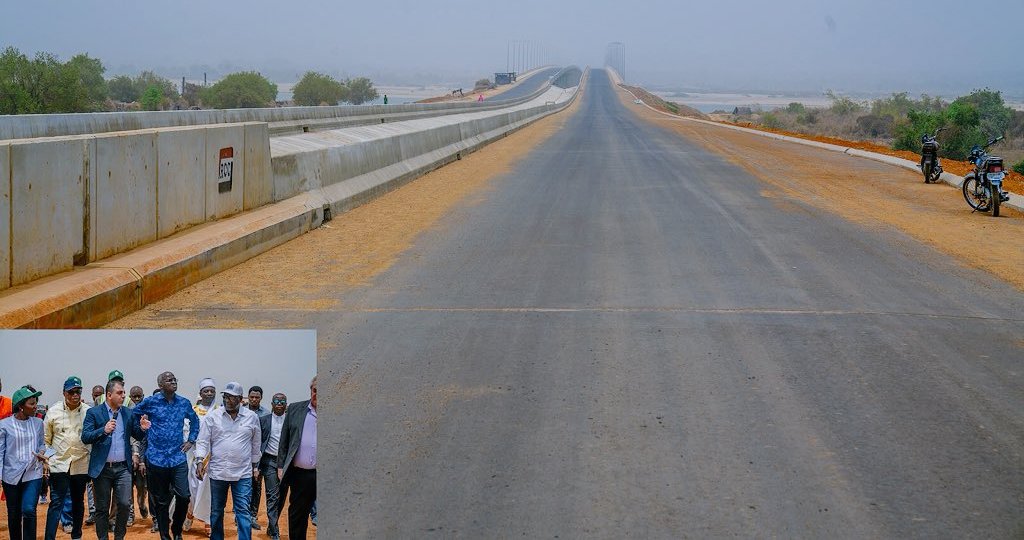It was, until recently, a hub of kidnapping. Even till today, those who use it anticipate all manner of uncertainty and risk although there is a sufficiently muscular military presence observable at some points on the road. And they seem to take their job seriously enough if the mean look of the troops whose convoy this reporter overtook on September 23rd, 2021 is anything to go by.

Chaotic
Still, taking that road is a bundle of risks. Any road user can be stuck at that muddy stretch of the road for which the Federal Government just announced a N30b contract or some figure like that. By the calculation of the road regular with whom the trip took place, it takes exactly an hour to cross that horrible stretch. This may not apply to every type of vehicle or driver but our driver did it in 56 minutes with his powerful Hilux.
But others were not so lucky. Worst hit are the tankers. Many of them get stuck and have to rely on young people who have creatively turned pulling out such helpless victims into a profitable industry. The stretch in question is the last before the N51b ultra-modern bridge across the River Benue. That is when going towards Benue State/East from Abuja. For those coming from the opposite direction, it is what they encounter after the flawless segment from Agatu/Adoka side right into the bridge. By the time the entire road network is completed, it would take the average road user just about three hours to Otukpo from Abuja, half of the length of time needed to make the same trip through Keffi-Akwanga-Lafia-Makurdi.

The story continues here
Travellers to the Southeast of Nigeria may actually be the biggest winners from the road. It shortens their travel time by half of whatever it is currently made. Similarly, it serves the Southsouth too if they cut through Aliade from Gboko through Naka-Adoka Road instead of following Makurdi – Lafia – Akwanga to Abuja. So, this is a road that has something for everyone.
The project has been on since Obasanjo’s time but it seems to have had its own baptism of fire in Nigeria’s public works contradictions. Now the bridge is done but for the two terrible stretches that remains.
It is not clear what decided the road into government’s attention since the criteria for public works in much of Nigeria is rarely about linking roads to agriculture, industry or cultural centres into a single continuum. For most of the time, these things are thrown about casually without any integrated planning. Now, this road is different. Even if the powers that awarded the contract didn’t think about that, it still turns out integrative. The road opens up the huge, fertile bank of River Benue which explains the relative prosperity of Agatu, for example but also its source of trouble because herdsmen eye the natural ranch.

An unlucky tanker loses all its content which forms a white film on the ground
It might not be that there has been excessive delay, true as that is but that just two stretches are becoming anti-theses of the road. These are the risks of greater vulnerability to kidnappers for those who get caught up in the muddy stretch. That is when the risk is not loss of the entire petrol or other liquid contents of haulage vehicles. Of course, a more developmentally ambitious elite could have offered a double lane highway on each side. It could be costly but so what? There are no good reasons why what is commonplace in less endowed countries than Nigeria should be thought of as too costly. It is not the cost but the value orientation behind these projects.
Be that as it may, here is something splendid. Except that the coming end of the rains in October will make no difference as the mud would turn to even more problematic craters and dust bowels. Meanwhile, travellers seem to have gotten used to the road in spite of the risks. Is the answer in sealing the road and hastening its completion or allow a business as usual trope or what?




























